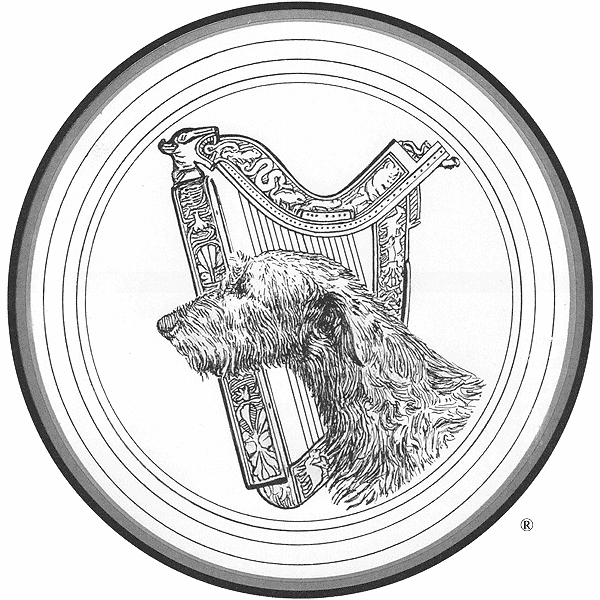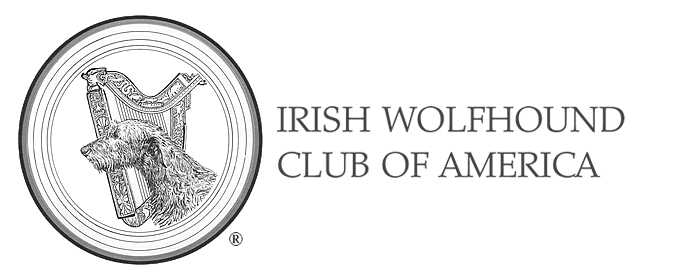Von Willebrand's Disease
Von Willebrand's Disease is an inherited bleeding disorder, common in dogs and man, and has been found to occasionally occur in Irish Wolfhounds.
Clotting of blood is the result of a long chain of chemical reactions carried out by 'clotting factors.' Each factor is numbered, such that Factor I leads to a reaction with Factor II, forming a new substance. In Von Willebrand's Disease, a substance is missing which helps the platelets form clots and stabilizes Factor VIII in the clotting process. This substance is called 'Von Willebrand's factor.' Dogs with Von Willebrand's disease have excessive bleeding that is similar to hemophilia in humans but occurs in both sexes. Von Willebrand’s can be associated with hypothyroidism.
Excessive bleeding occurs, generally after a wound or surgery. In dogs with Von Willebrand's the blood does not clot in the normal time. Even with a nail clipped too short, bleeding is extensive. They may also develop nosebleeds or bleeding from the gums. Bleeding may also occur in the stomach or intestine; some dogs will have blood in their urine; some bitches will have longer than usual seasons. With no treatment, dogs can bleed to death following surgery or even from less than life threatening injuries.
The diagnosis of Von Willebrand's is made through an ELISA assay, which will check for the level of Von Willebrand's factor in the blood.
Von Willebrand's disease has no cure. Individuals with a history of this bleeding disorder in their families should be tested prior to surgery and prior to breeding.
This page was last updated 06/23/2021.



